Engineered for extreme thermal cycling, dynamic loads, and demanding industrial applications.
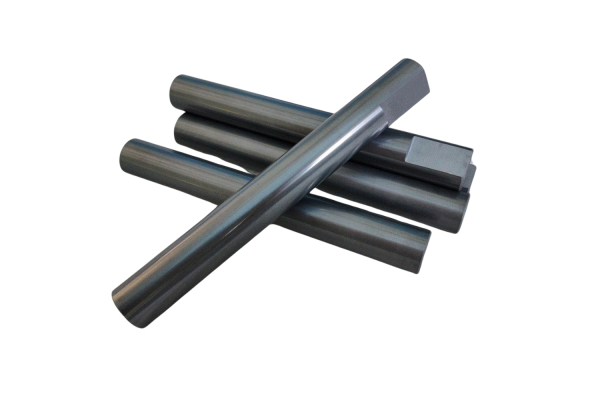
Silicon nitride (Si3N4) is a high-performance advanced ceramic known for its unique balance of strength, toughness, and thermal shock resistance. Unlike many ceramics, Si₃N₄ rods can survive fast heating/cooling cycles, high mechanical stress, and wear conditions.
They are widely used in aerospace, automotive engines, precision bearings, and semiconductor tools.
| Parameter | Typical Value | Notes |
|---|---|---|
| Material | Silicon Nitride (Si₃N₄) | Available in hot-pressed, sintered grades |
| Color | Gray / Black | Sleek appearance |
| Density | ~3.2 g/cm³ | Lighter than alumina & zirconia |
| Flexural Strength | 800–1000 MPa | Very strong for a ceramic |
| Fracture Toughness | 6–7 MPa·m½ | Higher than alumina, lower than zirconia |
| Hardness | ~15 GPa | Good wear resistance |
| Max Temperature | ~1100 °C | Stable under heat |
| Thermal Shock Resistance | Excellent | Key advantage |
| Electrical Insulation | Good | Non-conductive |
| Diameter Range | 1–80 mm | Customizable |
| Length Range | Up to 800 mm | Longer on request |
| Surface Finish | Polished / Ground | Precision finish |
| Tolerances | ±0.01–0.05 mm | High precision achievable |
| MOQ | 1 piece | Prototype friendly |
Alumina Rods – high-temperature & insulating
Zirconia Rods – high toughness & impact resistance
Silicon Carbide Rods – extreme wear & chemical resistance
Silicon Nitride Rods – featured here: thermal shock + lightweight strength
| Property | Advantage for You |
|---|---|
| High Strength at Low Weight | Si₃N₄ is lighter than alumina/zirconia but with exceptional flexural strength, ideal for dynamic parts. |
| Outstanding Thermal Shock Resistance | Can handle rapid heating/cooling without cracking, perfect for engines or furnaces. |
| Wear & Fatigue Resistance | Long life in bearings, shafts, and moving components. |
| Corrosion Resistance | Stable in many acids, alkalis, and combustion gases. |
| Moderate Electrical Insulation | Good non-conductivity in many grades. |
| Dimensional Stability | Low thermal expansion ensures rods stay precise. |
| Reliable in Dynamic Loads | Handles vibration, impact, and rotational stress better than most ceramics. |
Automotive engines – glow plugs, turbocharger components, wear rods
Aerospace – turbine engine parts, lightweight load rods
Bearings & spindles – rolling elements and shafts in high-speed machinery
Semiconductors – rods for wafer handling in thermal cycling environments
Industrial furnaces – support rods that survive repeated heating/cooling
Pumps & compressors – lightweight, durable rods in corrosive or hot fluids
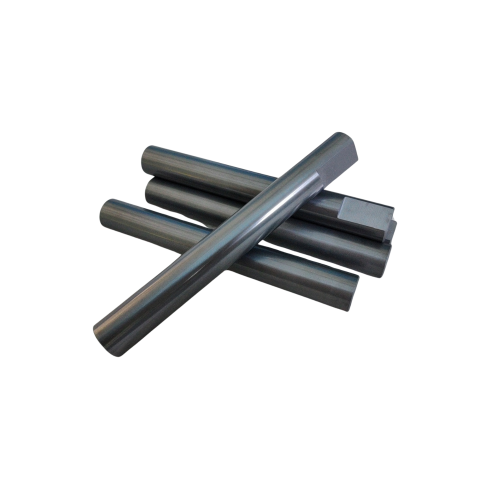
| Property / Problem | Metal Rods | Plastic/Resin Rods | Glass Rods | Si₃N₄ Rods |
|---|---|---|---|---|
| Wear Resistance | ⚠ Wears, fatigue | ❌ Soft, scratches | ⚠ Fragile | ✅ High |
| Corrosion Resistance | ❌ Rusts/oxidizes | ⚠ Limited | ⚠ Poor | ✅ Excellent |
| High Temp Resistance | ⚠ ~600 °C | ❌ ~250 °C | ⚠ Cracks | ✅ ~1100 °C |
| Thermal Shock Resistance | ⚠ Poor | ❌ Fails quickly | ❌ Shatters | ✅ Outstanding |
| Toughness | ✅ Good but corrodes | ⚠ Weak | ❌ Very brittle | ✅ High for a ceramic |
| Electrical Insulation | ❌ Conductive | ⚠ Limited | ⚠ Partial | ✅ Good |
| Cost vs Lifetime | ⚠ High maintenance | ⚠ Short life | ⚠ Fragile | ✅ Longer service life, less downtime |
Metal rods fatigue and corrode in hot, high-load environments.
Plastic/resin rods melt, deform, or fail under even moderate heat and load.
Glass rods shatter easily and cannot survive thermal cycling.
👉 If your application faces thermal shock, high loads, or dynamic movement, Silicon Nitride (Si₃N₄) Ceramic Rods are the solution: lightweight, strong, and resistant to sudden temperature changes.
| Feature / Property | Alumina (Al₂O₃) | Zirconia (ZrO₂) | Silicon Nitride (Si₃N₄) | Silicon Carbide (SiC) |
|---|---|---|---|---|
| Max Operating Temperature | ✅ ~1550 °C | ⚠ ~1000 °C | ✅ ~1100 °C | ✅ ~1400–1600 °C |
| Toughness | ⚠ Moderate | ✅ Very High | ✅ Good | ⚠ Moderate |
| Wear Resistance | ✅ Good | ✅ Excellent | ✅ High | ✅ Extreme |
| Density | Medium (~3.9 g/cm³) | Heavy (~6.0 g/cm³) | Light (~3.2 g/cm³) | Medium (~3.1 g/cm³) |
| Thermal Shock Resistance | ⚠ Moderate | ✅ Good | ✅ Excellent | ⚠ Moderate |
| Electrical Insulation | ✅ Excellent | ✅ Excellent | ✅ Good | ⚠ Semi-conductive |
| Best Fit Use | High heat, insulation | Impact/vibration | Dynamic loads, thermal cycles | Abrasive, corrosive, high wear |
Background:
A German automotive supplier used metal rods in turbochargers that failed due to fatigue and thermal cycling.
Solution:
They switched to Si₃N₄ rods with high thermal shock resistance.
Results:
Survived >100,000 cycles without cracks
Reduced failures by 80%
Improved engine reliability
Background:
A Japanese semiconductor company needed rods for wafer handling under fast heat/cool cycles. Glass and alumina rods cracked.
Solution:
Si₃N₄ rods were chosen for their low thermal expansion and shock resistance.
Results:
Withstood rapid thermal cycles with zero breakage
Improved wafer handling yield by 15%
Lower maintenance downtime
Powder → Forming → Sintering → CNC/Grinding → Inspection → Packaging → Delivery
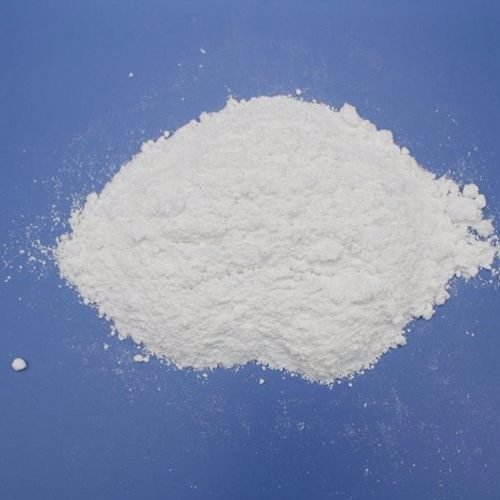
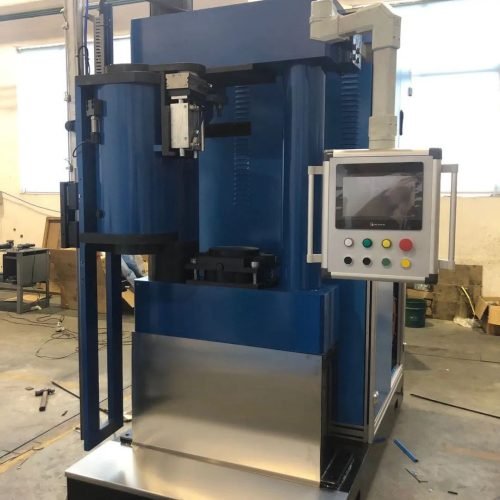
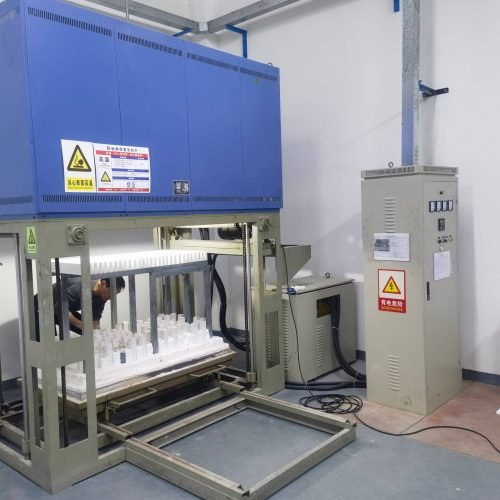
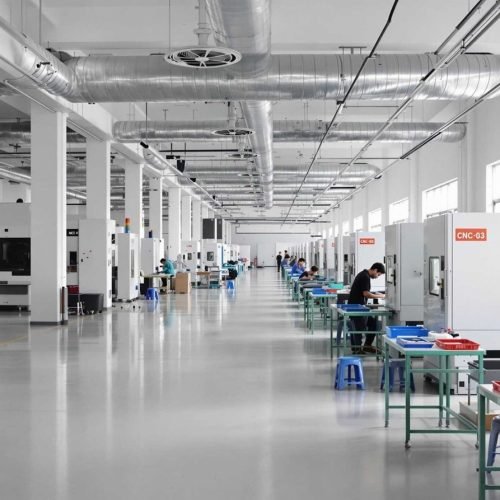
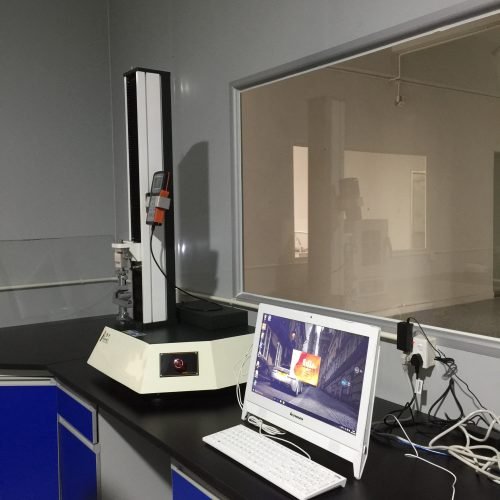
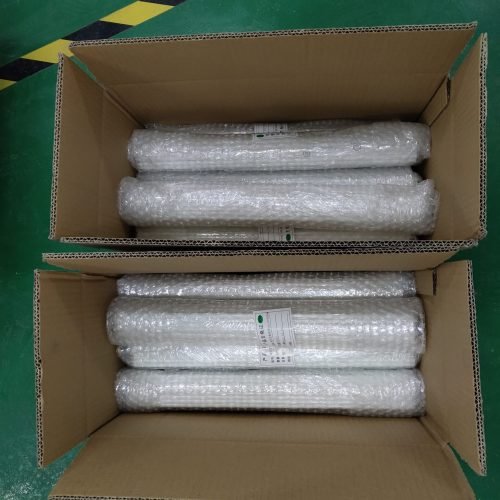
It is lighter, more resistant to thermal shock, and stronger under dynamic loads.
Typically up to ~1100 °C.
Yes, silicon nitride is the best ceramic for thermal shock resistance.
Less brittle than alumina, but not as tough as zirconia.
1–80 mm diameter, up to 800 mm length, customizable.
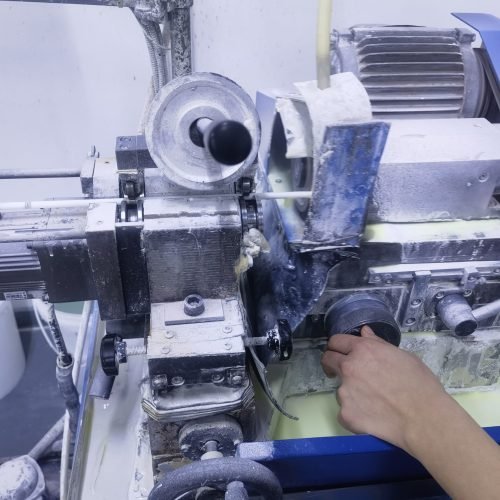
20+ Years Ceramic Expertise – trusted by Apple, BYD, Huawei, and global leaders
Advanced Production – ISO9001 certified, SOP-controlled, and Apple-audited factory
Fast Lead Time – over 95% on-time delivery, higher than industry average
Custom Solutions – small MOQ (from 1 piece) to mass production, tailored to your design
Full Technical Support – our ceramic engineers help you choose the right grade and design
We will get back to you within 12 hours.